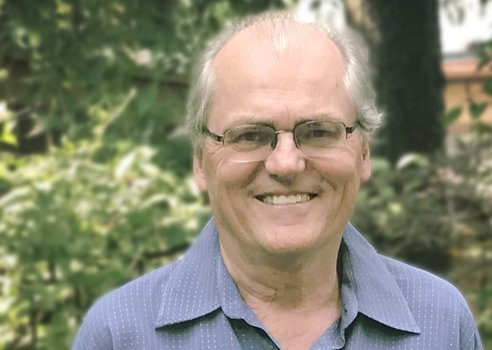Reading time: About 2 minutes
In his life as a journalist, James Fitzgerald has relatively recently turned to book writing and his 2010 memoir shows a keen eye and ear for figurative language…
The first book of journalist James Fitzgerald was, Old Boys: the Powerful Legacy of Upper Canada College — a controversial 1994 study of English Canada’s ruling class families, including revelations of the sexual abuse of boys at the school.
His second book, and the one I’m writing about today, was What Disturbs Our Blood: A Son’s Quest to Redeem the Past, was a memoir discussing both the achievements and the misfortunes of his own (famous) Toronto medical family.
Although the book is remarkable in its historical detail, I found the figurative language to be even more appealing. Fitzgerald has a strong eye and ear for both simile and metaphor as the following examples illlustrate:
- My charismatic, witty mother was a shape-shifter; I was an emotional weatherman, my head tilted like a radar dish, hyper-attuned to her moods.
- Three storeys tall, nearly a century old [my birthplace] stands silent in my memory, as lean and austere as the midnight hands of a grandfather clock.
- To practice my father’s slippery profession [an allergy doctor] was like trying to eat soup with a knife.
- At our mother’s urging, he meekly apologized to Shelagh and thanked her, puppetlike, for saving his life. Thereafter no one spoke of the events of September 9; the day was wiped from the calendar like raindrops from a windshield.
- When Shelagh visited our father after the shock treatments, she found an unrecognizable, prematurely aged man in an open-backed white gown; a vacant, shuffling, trembling, disheveled mess cast into the blasted heath, his memories striped clean as bark from a tree.
- He pointed to St. Tighernach’s Anglican Church looming across the cobblestones, its spire stabbing the infinite sky like a dagger.
- My father left without telling me who I was; in doing so, he made me an archaeologist of silence.
- Toronto’s two main river arteries, the Don and the Humber, feed a system of smaller streams and creeks, radiating like blood vessels through the patchwork of wooded ravines and residential neighbourhoods.
- Tiered like a rotting wedding cake, ten interconnected pavilions recede back from the twin towers in the shape of a giant V.
- Even the brass address plate — 99— suggests an inverted satanic numerology, the tattoolike stigmata of the hopelessly deranged.
- A thick membrane clogs the throat (of people with diphtheria), slowly strangling its victims, usually children, like a faceless serial killer slipping through the crack in bedroom windows.


